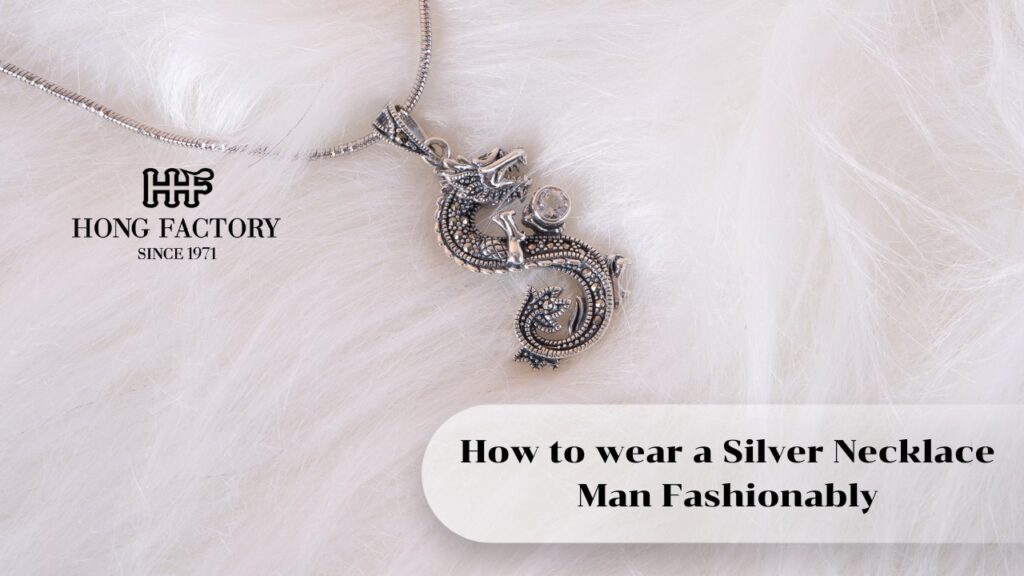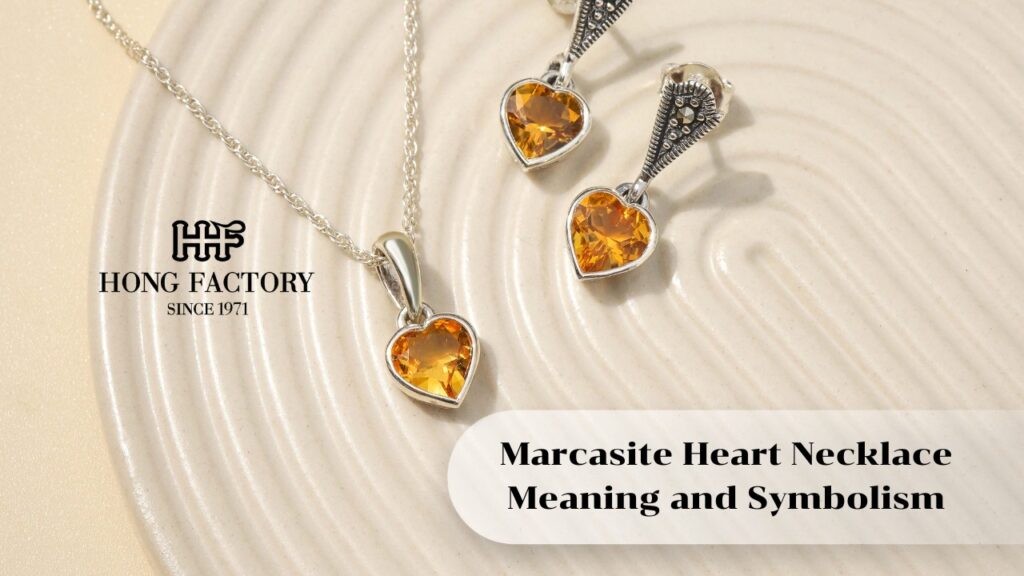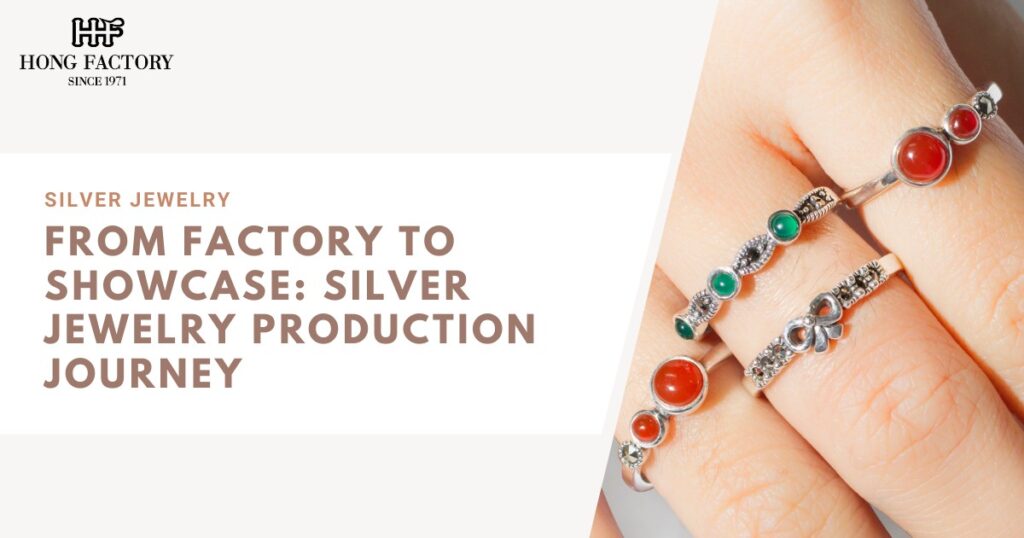
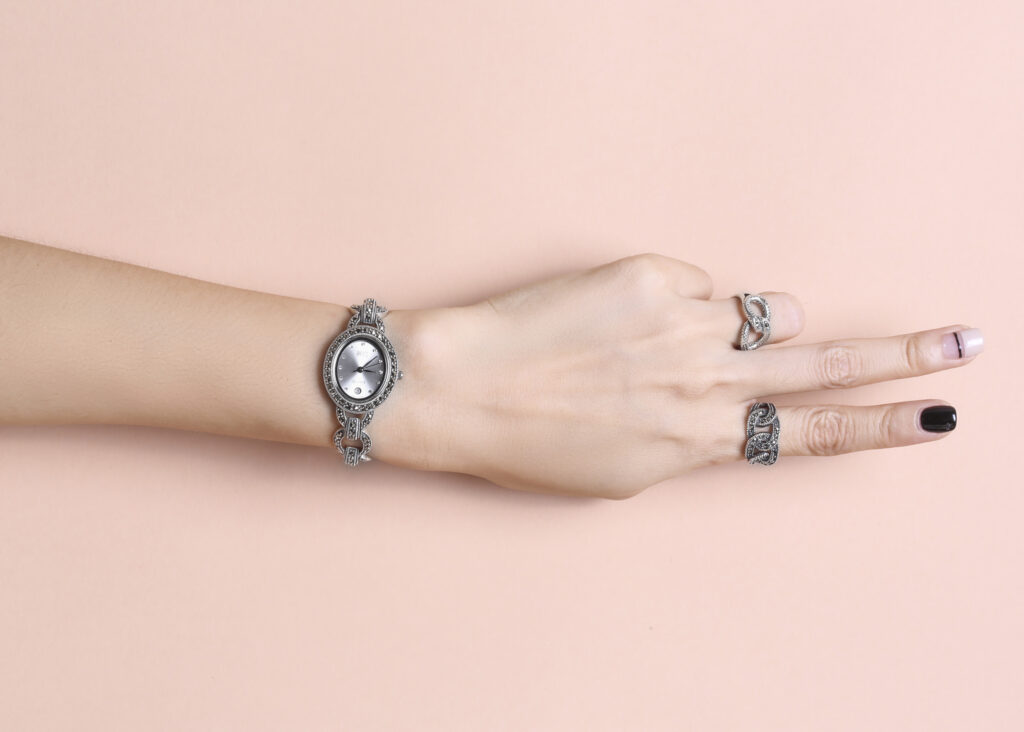
Silver jewelry doesn’t just appear in beautiful displays overnight it goes through a fascinating journey from raw material to retail-ready masterpiece. This article takes you behind the scenes of silver jewelry production, highlighting the craftsmanship, technology, and passion that bring each piece to life.
Silver Jewelry Production Journey
Step 1: Sourcing the Silver
The journey begins with sourcing high-quality silver. Most jewelry brands use sterling silver (92.5% pure silver) for durability and shine. Ethical sourcing is increasingly popular, with many manufacturers opting for recycled silver or silver from certified responsible mines.
Key Consideration: The quality of the silver impacts not only the appearance but also the longevity and tarnish resistance of the jewelry.
Step 2: Designing the Jewelry
Designers sketch or digitally render the initial concept of each piece. They consider:
- Style trends (e.g., minimalist, vintage, boho)
- Target audience preferences
- Practical wearability and proportions
Software like CAD (Computer-Aided Design) helps translate creative ideas into precise 3D models ready for production.
Step 3: Creating the Mold
Once the design is finalized, a master mold is created. This mold is typically made from wax or resin and is used to cast the silver. Molds ensure that every piece—especially in wholesale production—maintains consistency.
Interesting Fact: Some molds can produce hundreds of identical pieces, making them essential in mass production.
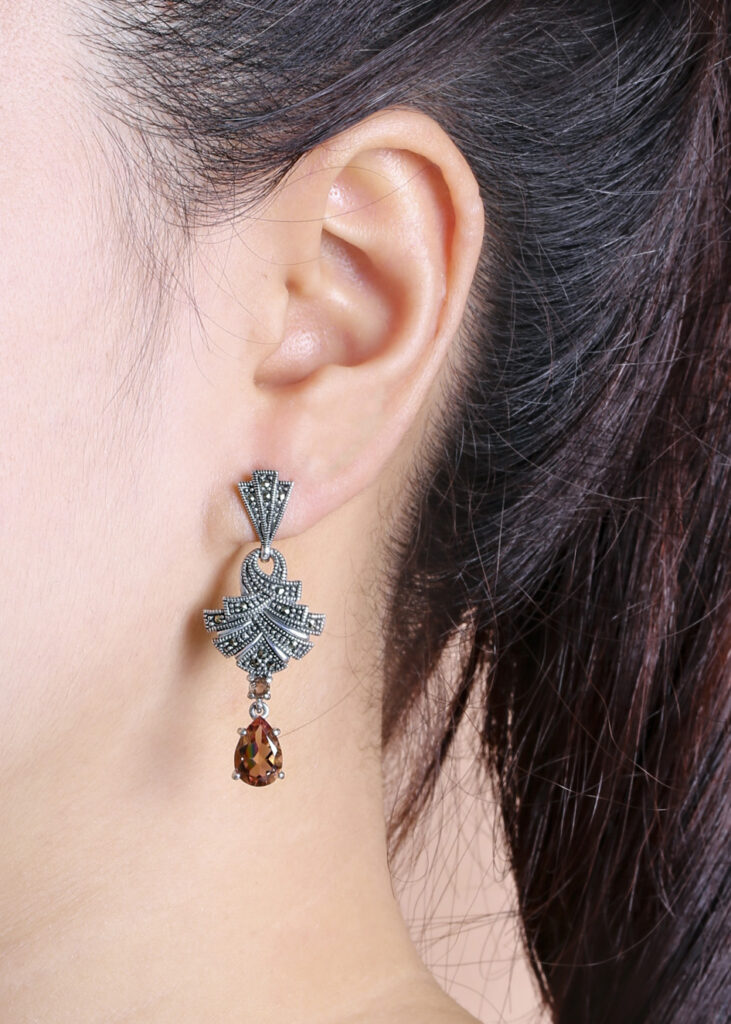
Step 4: Casting the Silver
The silver is melted and poured into the mold using a process called lost-wax casting. This step transforms the design into a physical object. After cooling, the piece is removed from the mold, revealing its rough form.
Step 5: Cleaning and Polishing
The rough cast is cleaned to remove residues and smooth out imperfections. Artisans polish the silver using specialized tools and compounds, giving it the signature shine associated with fine jewelry.
For detailed items like filigree or marcasite jewelry, hand polishing is often used to maintain design intricacy.
Step 6: Stone Setting and Detailing
If the design includes gemstones or marcasite accents, skilled workers set them by hand. Other detailing, such as engraving or oxidizing for vintage effects, also occurs in this stage.
Craftsmanship Matters: The precision of this stage determines the final look and durability of the piece.
Step 7: Quality Control
Each piece undergoes strict quality control checks to ensure:
- Proper metal composition (often verified with a 925 stamp)
- Secure stone settings
- Flawless finish and polish
Pieces that don’t meet standards are either reworked or discarded.
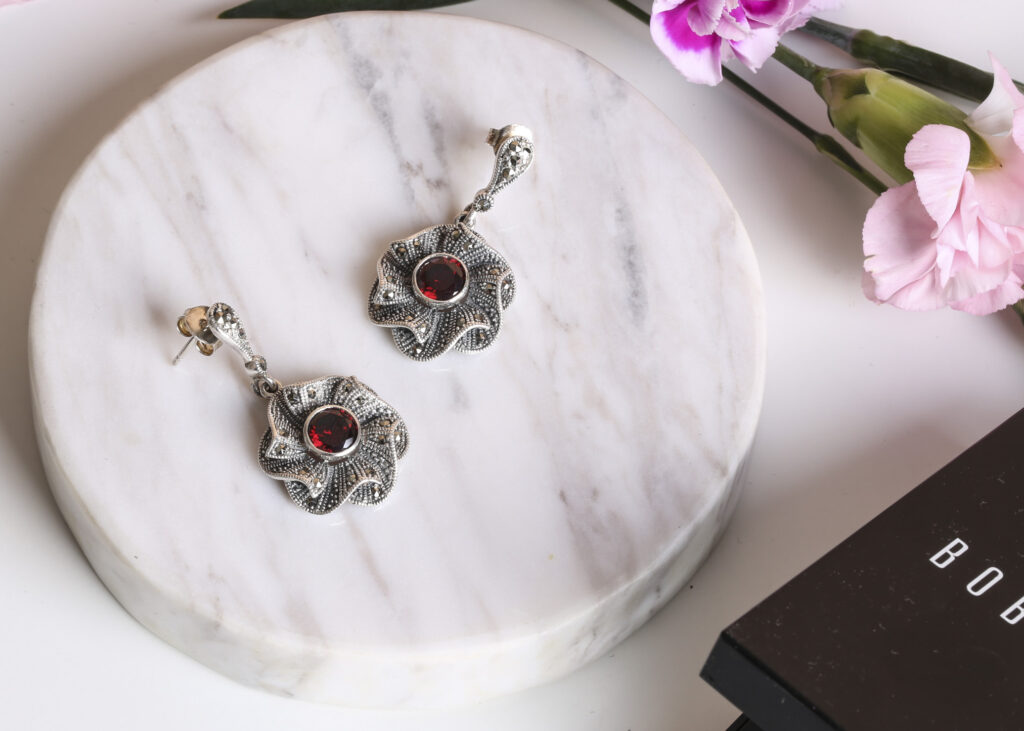
Step 8: Packaging and Distribution
Once approved, the silver jewelry is carefully packaged for shipment. Brands may use anti-tarnish pouches or elegant boxes to enhance the unboxing experience. From here, it travels to retail stores, showrooms, or directly to customers worldwide.
From sourcing and design to craftsmanship and quality control, the silver jewelry production process is a blend of art and precision. Whether handcrafted or made in bulk, every piece carries a story of skill, care, and creativity before it reaches the showcase. Understanding this journey adds a new layer of appreciation to the jewelry we wear every day.
